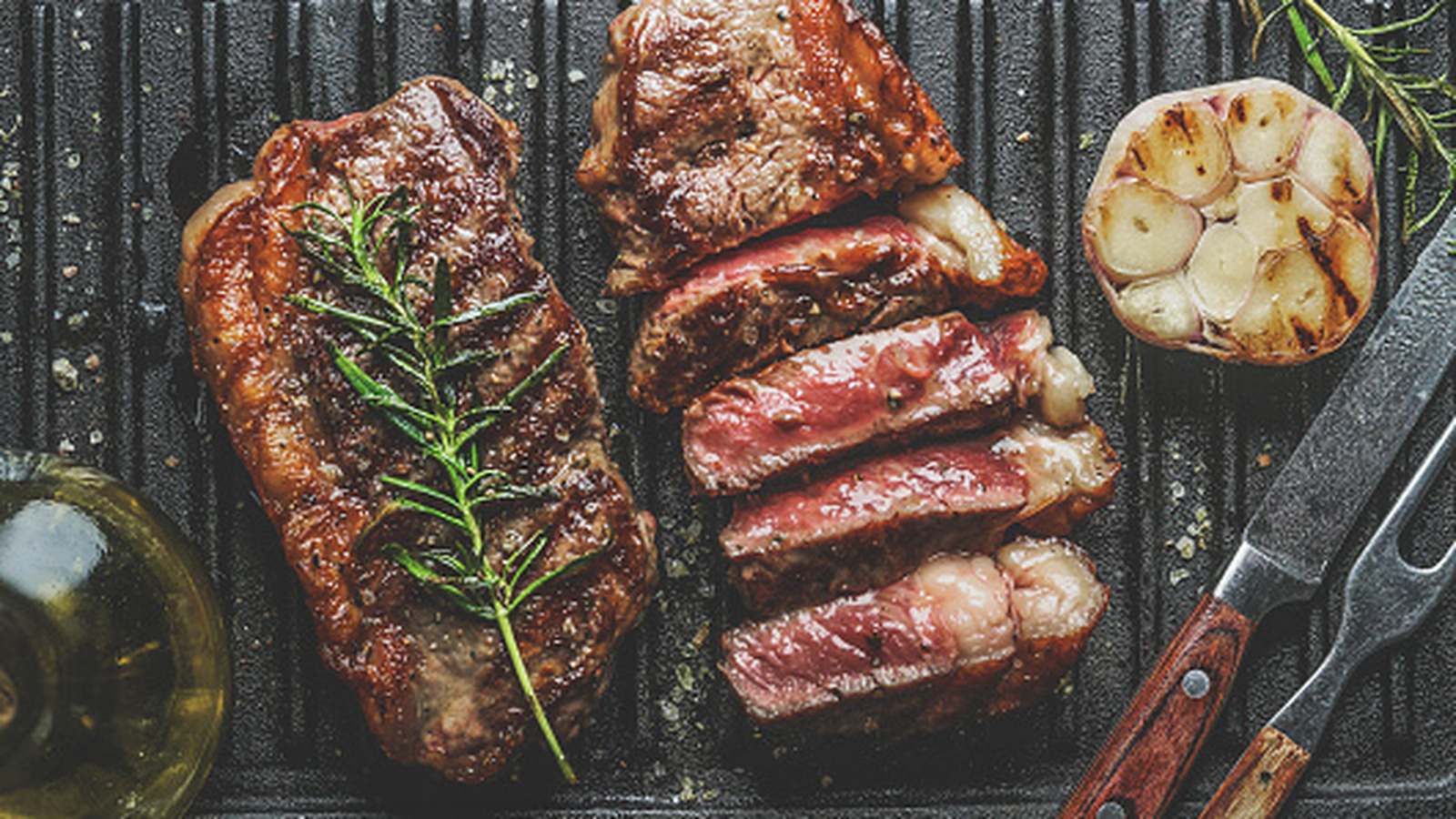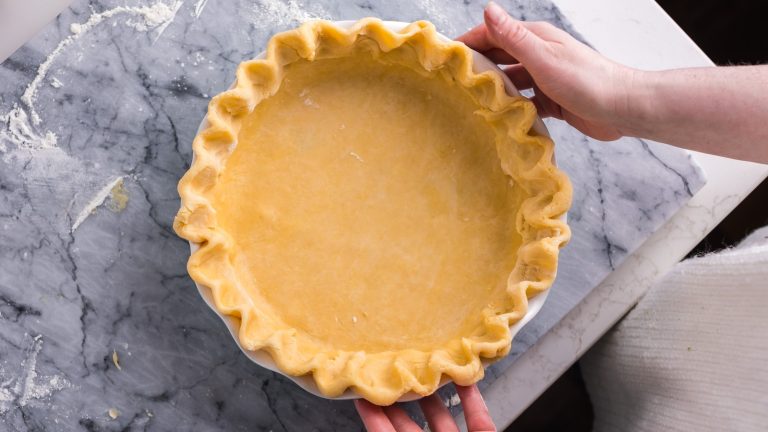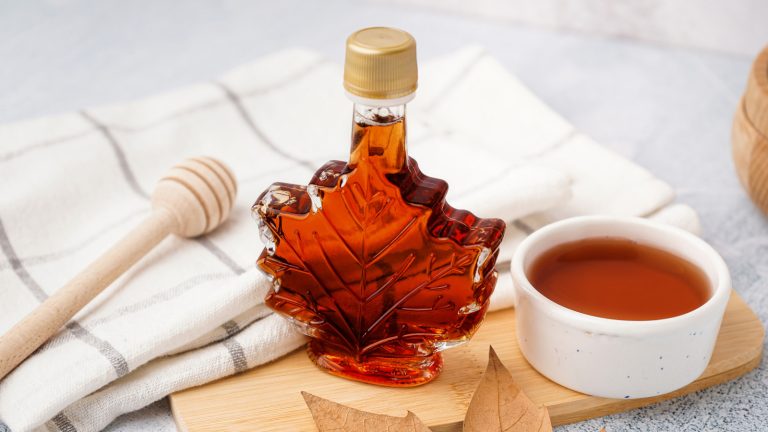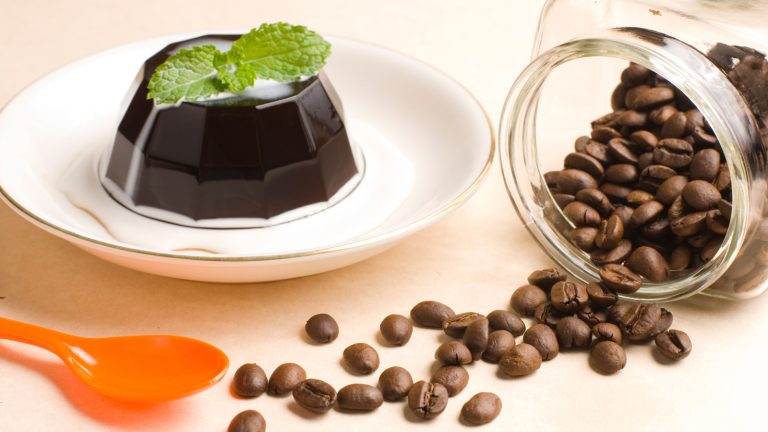USDA regulations categorize different cuts of beef with graded labels; inspectors look at the marbling, color, and age of products to make assessments. Compared with animals who have feasted on grasses, cattle who have eaten grains tend to run fatter, and their meat offers more of the marbling texture that is looked for when considering choice and prime labels. Marbling is the visibly white, veiny streaks of fat that can be found within meat. This fatty marbling is thought to add flavor and a tender quality to meat. Since most American-raised meat is fattened up with grains, this marbling assessment has become a standard for rating.
When cattle eat grains, the marbling becomes more prominent. Prime grade beef will have more marbling than choice meat, which is similarly high quality but won’t have the same amount of marbling. Per the USDA, grass-fed meat comes from animals who have eaten grass their entire lives, with the exception of milk at younger ages. Grass-fed meat is taken from animals who have not been fed any grains. Some farmers choose to mix what their cattle are fed, starting with letting cattle feed on grasses then fattening them up on grains prior to slaughter. While cuts of beef are known for offering protein, vitamins, and minerals, grass-fed beef is thought to have more antioxidants and omega-3 and -6 fatty acids than other types of cattle.
Decoding labels for tonight’s dinner
For meat to get the grass-fed label listed on its packaging, a branch within the USDA called FSIS must approve the product. Farmers and producers who want the label have to go through a third-party organization to arrange the evaluation. Farmers who primarily use pastures to feed their cows have protested against the labeling system, for while grass-fed steaks are lean, they won’t offer the same amount of marbling as grain-fed steaks, rendering the cuts of meat they produce unable to land USDA labels like prime and choice.
When meat has been labeled prime, it can be sold at a higher price than packages that have been labeled choice. Prime cuts of meat don’t need much beyond crackles of pepper and sprinkling of salt to taste great, and choice pieces can be great when seasoned and cooked slow for a Sunday roast or braised for a flavorful beef stew. Depending on your budget and what you plan to serve for dinner, you can make purchasing decisions accordingly.






